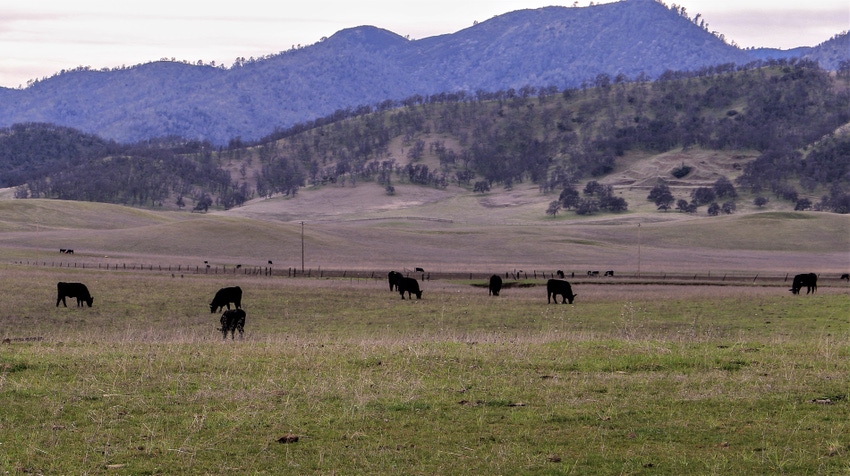
As California is still drying out from a historically wet winter, and as a massive snowmelt figures to create challenges for water managers throughout the summer, there’s one place in California that will remain conspicuously dry: the valley west of Maxwell that is set aside for Sites Reservoir.
I’ve been hearing about the Sites project since I moved to Redding in 1998 to cover county government for the Record Searchlight, our city’s daily paper. For 25 years at least, conversations around these parts invariably include the phrase “If we can ever get sites built …,” but so far, no significant earth has moved.
Recently, the Sites Project Authority – an agency put together to move the project forward – published an analysis that asserted Sites Reservoir could have diverted and captured 750,000 acre-feet of water as a result of the January storms if the reservoir was operational, and an additional potential 244,000 acre-feet of water as a result of the February-March storms.
“Once again, a flood of storms in Northern California produced a significant amount of rainfall that would have been captured if Sites was operational,” said the authority’s executive director, Jerry Brown (not the former governor). “Rain will not always come at the right time, so we must build Sites Reservoir to capture storm and floodwater for future use during dry periods.”
Sites is planned for winters like the one we just had – uncommonly wet, when water rushing downriver to the Pacific Ocean can be set aside for dry years. As the Sites Authority explains, the reservoir will not divert any water until all other water rights and regulatory requirements are met. But during some conditions, like this year’s storms, it could still store water while meeting diversion criteria that protects fisheries.
As it is, construction is planned to begin in mid-2024 – nearly a decade after voters approved a $7.3 billion water bond that would include $820 million to jumpstart the project. Once it is built, Sites is expected to generate as much as $260 million in economic benefits per year with an operating cost of up to $20 million.
Construction is anticipated to cost $5.2 billion, including $1 billion from the U.S. Bureau of Reclamation and money from the water districts that will use water from the lake. The reservoir, which was first envisioned back in the 1950s, will hold up to 640,000 acre-feet.
But it seems California and federal officials are in more of a hurry to remove dams than to build new storage. The effort to “un-dam” the Klamath River in Northern California and Southern Oregon was inspired by drought-related fish kills in 2002, and work on that project has already begun.
As long as officials continue to put fish ahead of people, we’ll have years like 2023 when there’s water, water everywhere, but not enough for agriculture.
Read more about:
Water UPDATEAbout the Author(s)
You May Also Like






